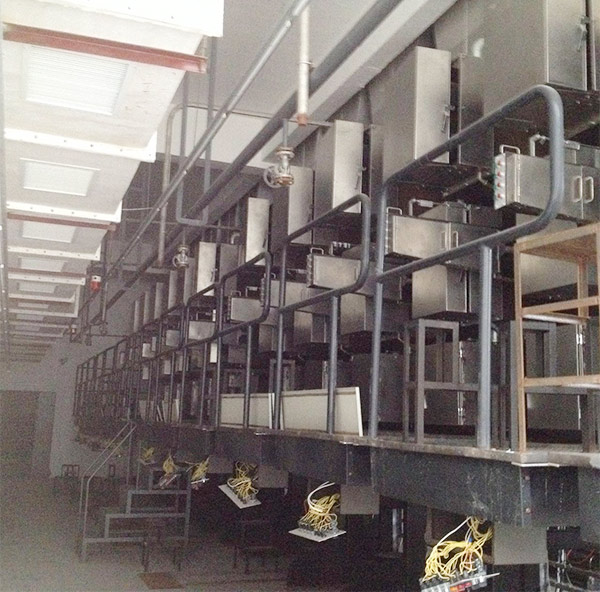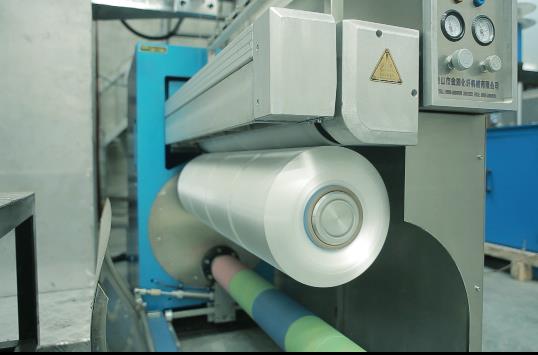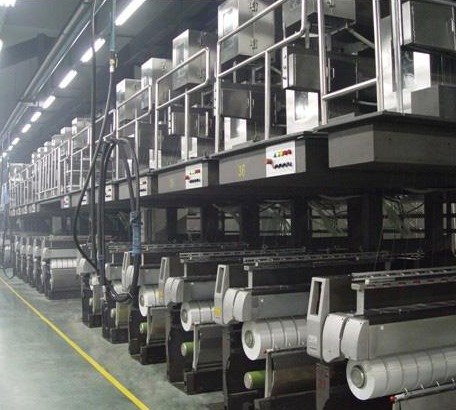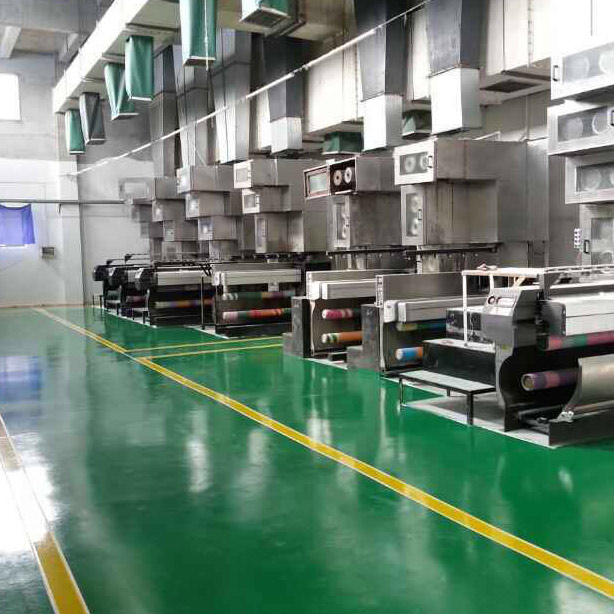- Polypropylene spinning machine
- Polypropylene FDY equipment
- Polyester POY spinning machine
- Polyamide FDY common and high strength equipment
- Polyester FDY equipment
- Polyester high strength equipment
- polyester、Polyamide、 Polypropylene BCF equipment
- Small spinning machine
- All kinds of spinning special parts
- On the Important Role of Polypropylene Spinning Machines in Chemical Fiber Production
- The 2025 China Home Textile Fashion Innovation Conference grandly kicked off in Binzhou
- Management Skills: Managing Problems = Managing Efficiency: Anchor the essence of management, Break through problems and seek results through efficiency!
- Shandong is promoting the transformation and upgrading of its textile industry through intelligent manufacturing
- Guide to Parameters of Polypropylene Spinning Machine Equipment

- Contact:Mr. Huang Guofu
- Cel:0086-13901505556
- Fax:0086-519-83341119
- Email:czfb5556@126.com
- Add:No. 288-8 ChangLi Rd, Huangli Town, Changzhou, JS PRV.
In the first seven months of this year, China's textile and apparel exports increased year-on-year. Nevertheless, industry insiders believe that in view of the continued growth of overseas epidemics, textile and apparel exports will still face greater pressure.
Customs data shows that in July, China exported US$31.294 billion in textiles and apparel, a year-on-year increase of 16.1% and a month-on-month increase of 7.79%. In the first seven months, China's textile and apparel exports were US$156.482 billion, a year-on-year increase of 5.57%.
Due to the impact of the epidemic, although China's textile exports fell sharply in the first quarter, since April, China's textile and apparel exports have begun to grow steadily. "The continued rebound in exports is mainly due to the fact that the company's early-stage orders have entered the peak of execution. At the same time, the surge in exports of epidemic prevention materials has also promoted exports to a certain extent." Zhang Jie said that from April to July, the export of textiles and clothing has been achieved for 4 consecutive months. increase. The export of textiles and clothing continues to be polarized. Driven by the substantial increase in the export of anti-epidemic materials, the export value of textiles has reached the highest level in the same period in history.
"Traditional clothing and clothing accessories exports are still in a declining channel year-on-year, mainly due to the slow return of foreign trade orders, the deepening of the domestic market in the off-season, the lack of transactions in the traditional clothing and clothing accessories market, and some companies continue to accelerate the transformation of medical textiles and other factors." Said Liu Jie, an analyst at Creative Information. It is understood that a large cotton spinning enterprise in Liaocheng, Shandong has launched a new non-woven project, and exports of textiles such as masks and protective clothing continue to increase in volume. However, due to the rapid expansion of production capacity, mask production has begun to lose money and some mask production equipment has stopped production.
Analysts believe that the epidemic has put the entire industrial chain of the textile and apparel industry in a cycle of severe weak demand and prominent overcapacity. The market wants to get better still depends on the demand for the apparel industry. “Domestic textile and apparel demand is relatively weak, and overseas demand is difficult to see a significant improvement. Recently, the overseas new crown epidemic continues to spread. Although some countries around the world have gradually liberalized after May, the economy has gradually recovered, but resumption of work does not mean resumption of production. , People's income is shrinking, and there is still a long time for consumption to get better." Zhang Jie said.
At the same time, with the unblocking of European and North American societies and increasing activities, ports in these areas are facing more and more traffic congestion. If the congestion is not relieved, foreign trade exporters may have to pay extra for congestion in addition to freight. cost.
"Affected by global unilateral tradeism and industrial transfer, the share of China's textile and apparel products in the markets of major developed countries has continued to decline. In the past year, the proportion of the EU, the United States and Japan's imports of apparel from China has decreased by 1.15 and 1.46 respectively. At the same time, clothing imports from Vietnam and Bangladesh showed double-digit growth, and their market shares increased by 1.53, 1.41 and 1.63 percentage points, respectively." Zhang Jie said that Chinese textiles and clothing are traditionally used in Europe, the United States, and Japan. The export market share is being replaced by competitors such as ASEAN, India and Bangladesh.
- The 2025 China Home Textile Fashion Innovation Conference grandly kicked off in Binzhou
- On the Important Role of Polypropylene Spinning Machines in Chemical Fiber Production
- Management Skills: Managing Problems = Managing Efficiency: Anchor the essence of manageme
- Shandong is promoting the transformation and upgrading of its textile industry through int
- Guide to Parameters of Polypropylene Spinning Machine Equipment
- The second Smart Fiber and Flexible Wearable Technology Exchange Conference was held in Na
- Minor Snow moistens the cold, craftsmanship weaves warmth: An Analysis of the Core Tempera
- Textile News: Takeout windbreakers are popular both at home and Abroad, and AI design brea
- The 6th Liaoning Province Textile and Materials Graduate Forum and Textile Young Scholars
- During the cool weather, polypropylene FDY spinning machines facilitate efficient producti




